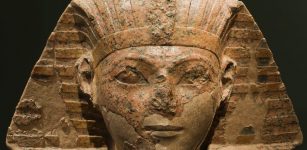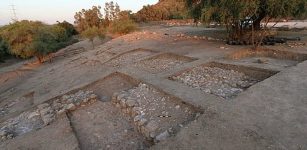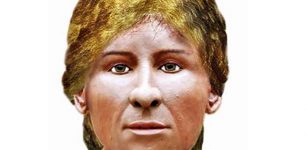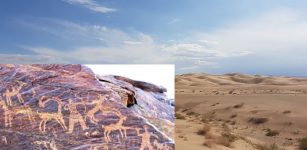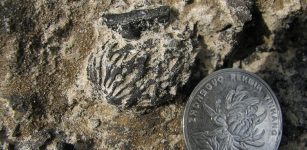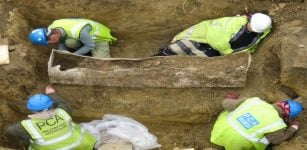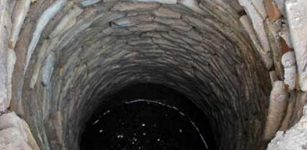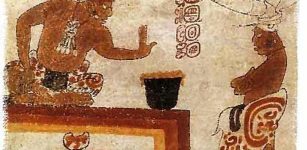Ancient Temple Of King Nactanebo I Discovered In Egypt
MessageToEagle.com – Archaeologists excavating in Egypt think they have discovered new evidence suggesting the existence of a temple to 30th dynasty King Nektanebo I (380-363 BC) in the Matariya district in east Cairo.
Among the unearthed ancient ruins researchers found several limestone and sandstone blocks as well as columns and painted reliefs inscribed with scenes depicting King Nectanebo I.
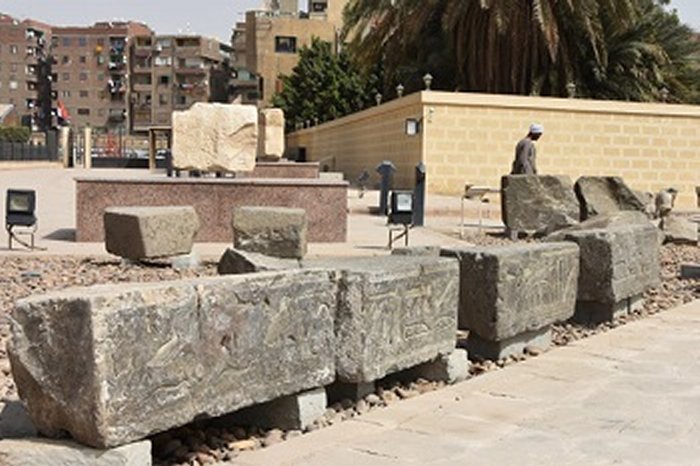
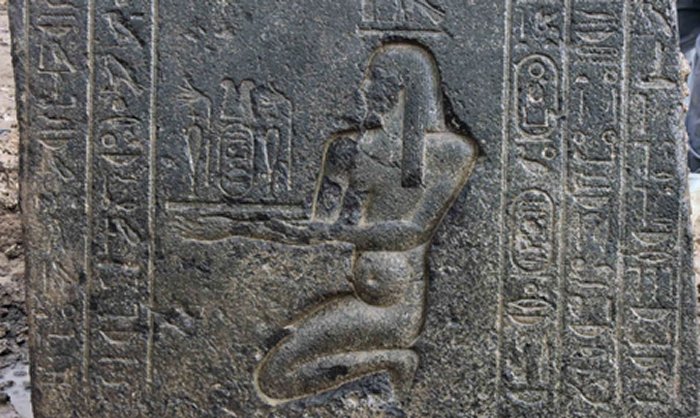
King Nectanebo I was an ancient Egyptian Pharaoh, founder of the last native dynasty of Egypt, the 30th. He was an army general from Sebennytos, an ancient city of Lower Egypt and son of an important military officer named Teos. How exactly King Nectanebo I came to power is not entirely clear, but a stele found at Hermopolis provides clues that he became Pharaoh by overthrowing, and possibly putting to death, the last pharaoh of the 29th Dynasty Nepherites II. It has been suggested that Nectanebo I was assisted in the coup by the Athenian general Chabrias.
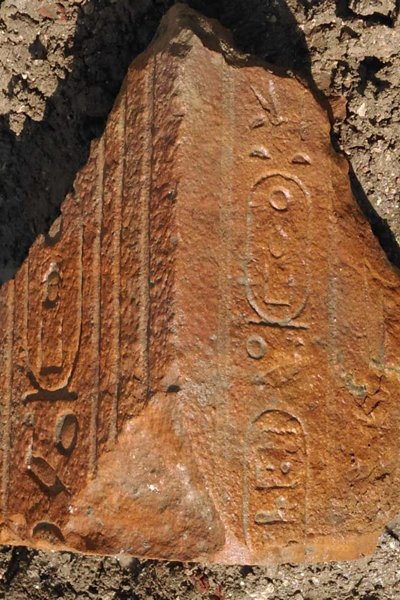
Now, a team of Egyptian and German archeologists might provide new clues about the ancient temple of Nectanebo I. Apart from limestone and sandstone blocks, a lower wall of black basalt was also found along with an eastern temple gate constructed with brown silicified sandstone and decorated with inscriptions and ritual scenes.
See also:
Ancient Egyptian Chapel Built By King Nectanebo I Discovered
Why Was Pharaoh Hatshepsut’s Reign Virtually Erased From History?
Tomb Of Pharaoh Seti I Is The Largest Tomb In The Valley Of The Kings
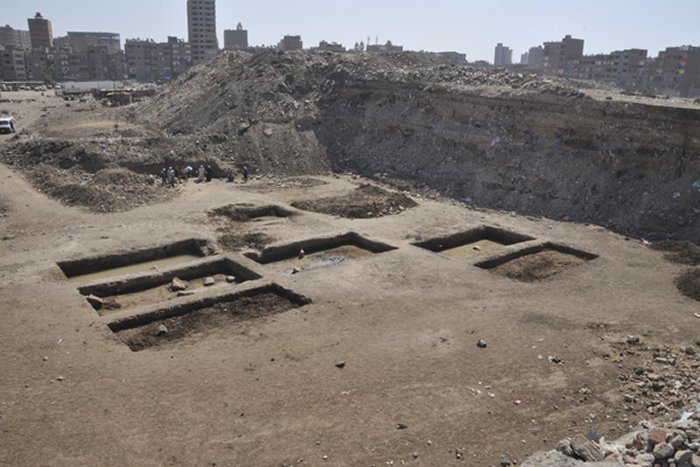
A collection of bronze statues depicting the cat goddess Bastet was also unearthed, as well as colossi and massive stone blocks indicating the existence of a yet-undiscovered temple to King Ramses II.
Unearthed basalt slabs show the geographical procession of the 6th nome of Upper Egypt.
Fragments of colossal statuary and large blocks with wall reliefs were also discovered.
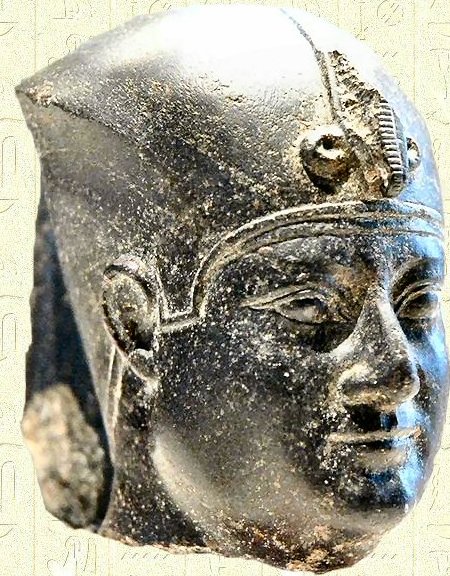
Dietrich Raue, of the Egyptian Museum at the University of Leipzig in Germany, said in a statement that the mission focused its excavation work on the second area in the southeastern Heliopolis temple, where a workshop from the 4th century BC and a superseding Ptolemaic stratum were discovered.
“This fits the growing evidence of the enormous activities of 30th dynasty kings in the area surrounding the Sun Temple of Heliopolis,” Raue said, adding that a new temple site for Ramses II was discovered between the Suq El-Khamis temple site of Ramses II and Nectanebo temple.
Archaeologists will continue exactions in the area. Last year, researchers found an ancient chapel was built by King Nectanebo I.
MessageToEagle.com

